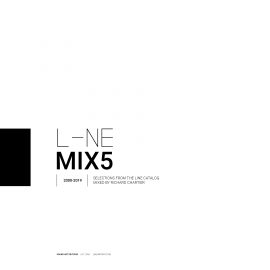Editor’s Note: This article has been written by Mike Berk and is republished on Headphone Commute with permission of the publisher, Caipirinha Productions / Cultures Of Resistance Network, which has initially appeared in a fascinating book, Modulations, a History of Electronic Music, Throbbing Words on Sound (2000). I’ve purchased this book two decades ago and found myself returning to its coverage of pioneers in electronic music, spanning various genres, from Krautrock to Disco, from House to Techno, from Hip-Hop to Jungle (remember this?). Of course, there are chapters also dedicated to Ambient and Downtempo, but today I wanted to share an excerpt from this publication covering Technology, as it nicely covers the origins of the synthesizer and all of the beautiful machines that it gave birth to. This article is too long to share in one write-up, so stay tuned for multiple parts!
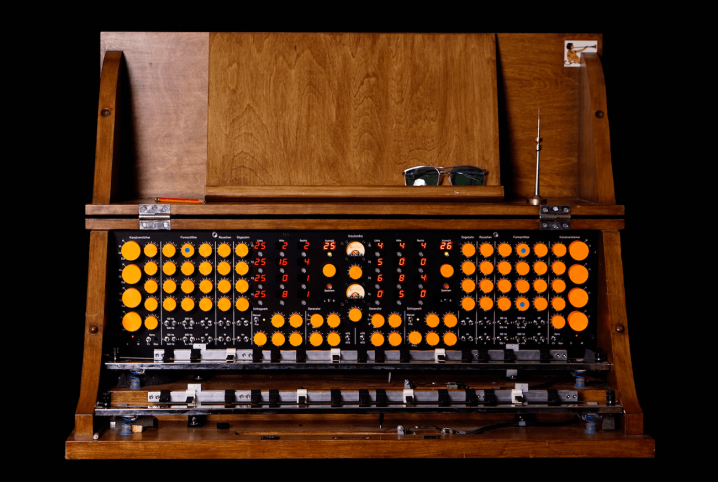
Electronic instruments have been with us for a century now. The unruly early years of electronic music gave rise to a menagerie of bizarre beasts, many designed not only with an ear toward producing new sounds but with an interest in overcoming traditional modes of instrumental performance. The two-hundred-ton telharmonium transmitted electronic sound over telephone lines while the ribbon controllers of the ondes martenot and trautonium gave keyboardists access to the continuous control of pitch and volume enjoyed by vocalists. One of these alternative musical devices, the theremin, played by moving one’s hands through the air surrounding a couple of electrostatic antennae, captured the minds of a generation of hobbyists, but most of these instruments disappeared in favor of a few more easily marketable designs. The familiar-sounding (and recognizably keyboard-oriented) Hammond electronic organ locked up the professional market. Massive modular synthesizers, capable of a vast range of audio output but generally triggered by programmed sequencers (recorders or events rather than audio, they were latterday electronic heirs to the punched-paper rolls that drove player pianos) came to dominate the lab-coated practice or “serious” electronic music.

Meanwhile, the foundations of the recording studio were being established. The recording and playback of sound using a magnetic medium passing over electromagnetic heads was first conceived of in the late 1880s by engineer and theorist Oberlin Smith, and experimental devices, beginning with Valdemar Poulsen’s 1898 telegraphone, began to appear around the turn of the century. Commercial models – generally wire recorders that used steel tape as a recording medium – began to emerge at the end of the 1920s. Much of the developmental work on magnetic tape was done in Germany in the late 1930s, and the metal-oxide-coated plastic tape that would become the standard recording medium didn’t appear until after World War II. In 1949, stereo recording and the cut-and-splice technique of tape editing emerged, and by the middle of the 1950s, sound-on-sound overdubbing had evolved, and the first multitrack recorders began to appear.
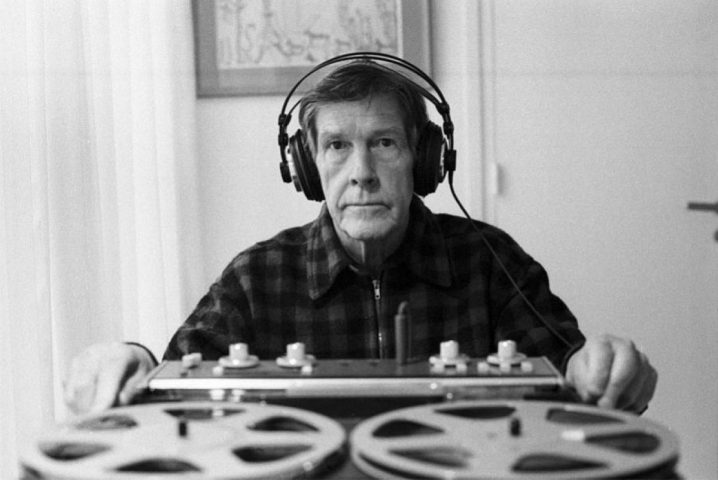
For composers like musique concrète pioneers Pierre Schaeffer and Pierre Henry working with room-filling modular synths and non-instrumental natural sound sources, the arrival of tape made it possible to “perform” electronic works without lugging around tons of gear. The so-called “tape piece” became the prevalent form of electronic music expression through the 1960s, and along the way, innovators like John Cage and Karlheinz Stockhausen made tape editing and processing art forms in themselves. By the mid-sixties, multitrack recording had become widespread. The recording studio existed in more or less its present-day form, and tape editing had become accepted (or at least acknowledged) as part of the creative process of popular music and jazz. This set the stage for dub, ambient, and other mutative studio genres to come.
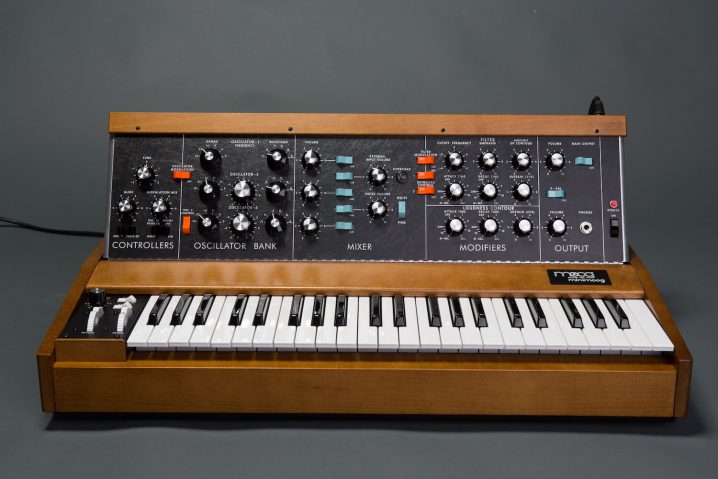
The synthesizer as we know it today – a keyboard triggered device designed for use by professional musicians on stage and in commercial recording studios rather than an assemblage of independent modules aimed at academic composers and sound designers working in university labs or specialized research institutes – dates from 1970. That year, electronics innovator and sometime theremin builder Robert Moog released the Minimoog. As the first portable, affordable, and really popular synth, the Minimoog made “synthesist” a viable job description, and the world of popular music was never quite the same again.
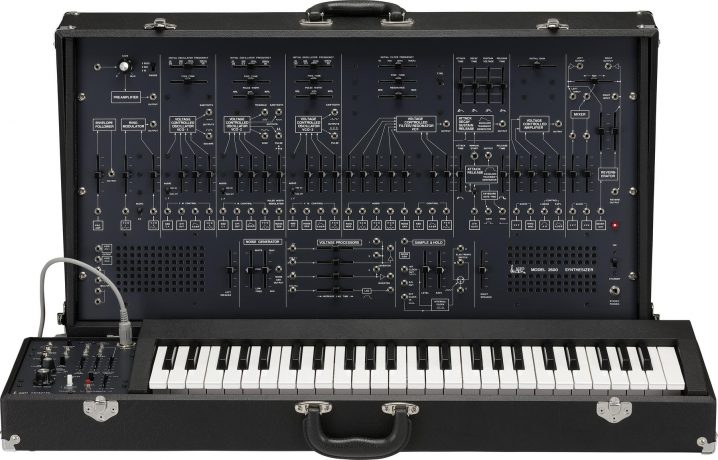
The Minimoog and its immediate successors from ARP, Sequential Circuits, Oberheim, Korg, Roland, and a host of other companies established the sound of analog synthesis as the sound of synthesis. One or more voltage-controlled oscillators kicked out audio waveforms that were subsequently shaped by a series of modifiers – filters, amplifiers, low-frequency oscillators, ring modulators, and so forth – controlled by the player via a collection of knobs, sliders, switches, buttons, and levers. The sounds they produced were lush, fat, harmonically rich, and curiously organic. The analog synth saw continuous refinement over the course of the seventies. Early monophonic synths (restricted to producing only one note at a time) gave way to polyphonic instruments that could produce chords. Memory units let players catalog their sound discoveries for future use; specialized instruments like analog drum machines emerged; and performance-oriented sequencers made it possible to recall performances themselves. Still, the basic sound-generating concept would endure for more than a decade.
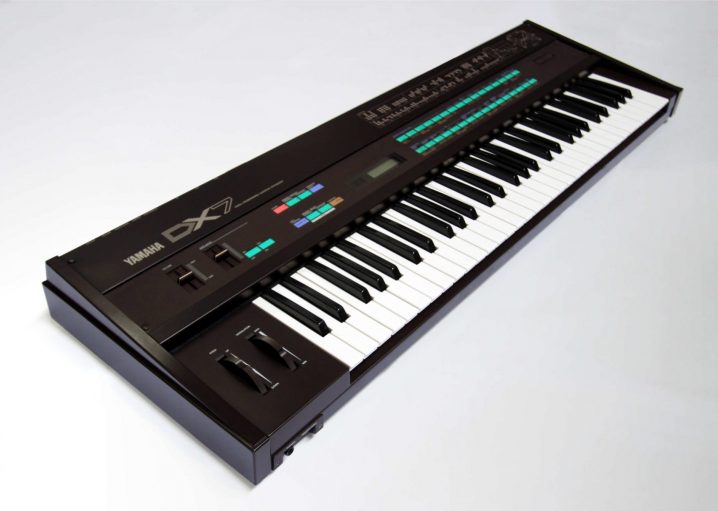
Everything changed in 1983 when Yamaha introduced the DX7, the first commercially viable digital synthesizer. Digital synthesis dispensed with the maze of analog circuitry in favor of software algorithms. The new machines were in many ways clearly superior to their analog forebears: They significantly increased audio quality, achieved far more accurate reproductions of “real” instruments, and promised a near-infinite variety of sounds. But the increased number of programming parameters needed to access this power meant the end of the simple, hands-on interfaces that had made analog synths so appealing in the first place.
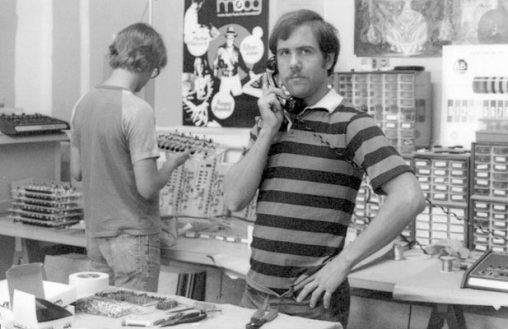
Most players (except for those stalwarts who found the sparkling clarity and resolutely professional high-end sheen of digital instruments simply “cold”) felt that the sacrifice was worthwhile, and analog synthesis effectively disappeared from the face of the earth. By 1984, the infant technology of digital sampling was beginning to produce useful results, and MIDI, the newfangled “musical instrument digital interface” that allowed synthesizers to communicate with each other, was on the cusp of changing the way everything worked, both on stage and in the studio. You couldn’t give away an analog synthesizer – and that’s where the story gets interesting.
. . .
[Coming up: Part 2 – Everybody Loves A 303]







